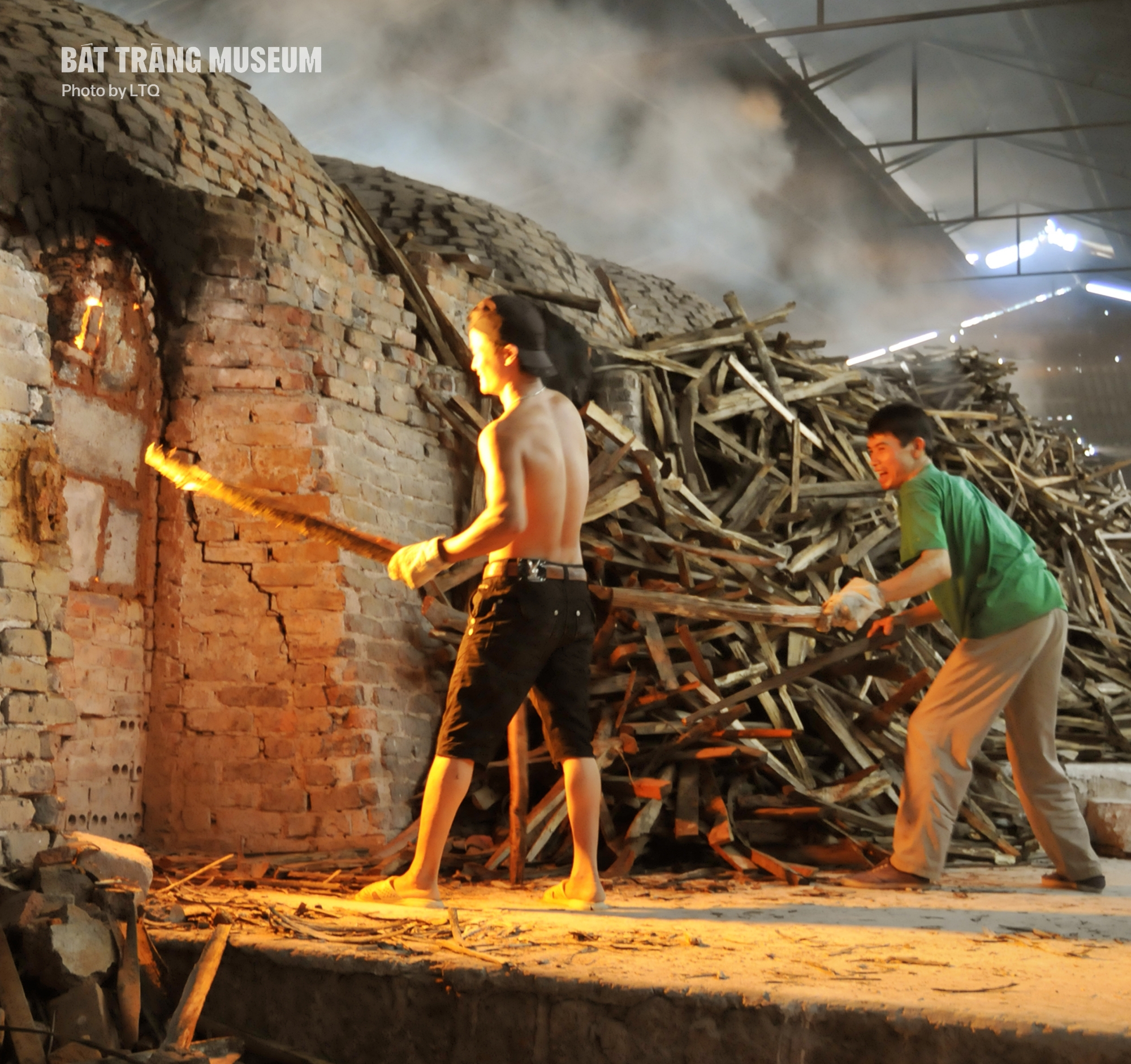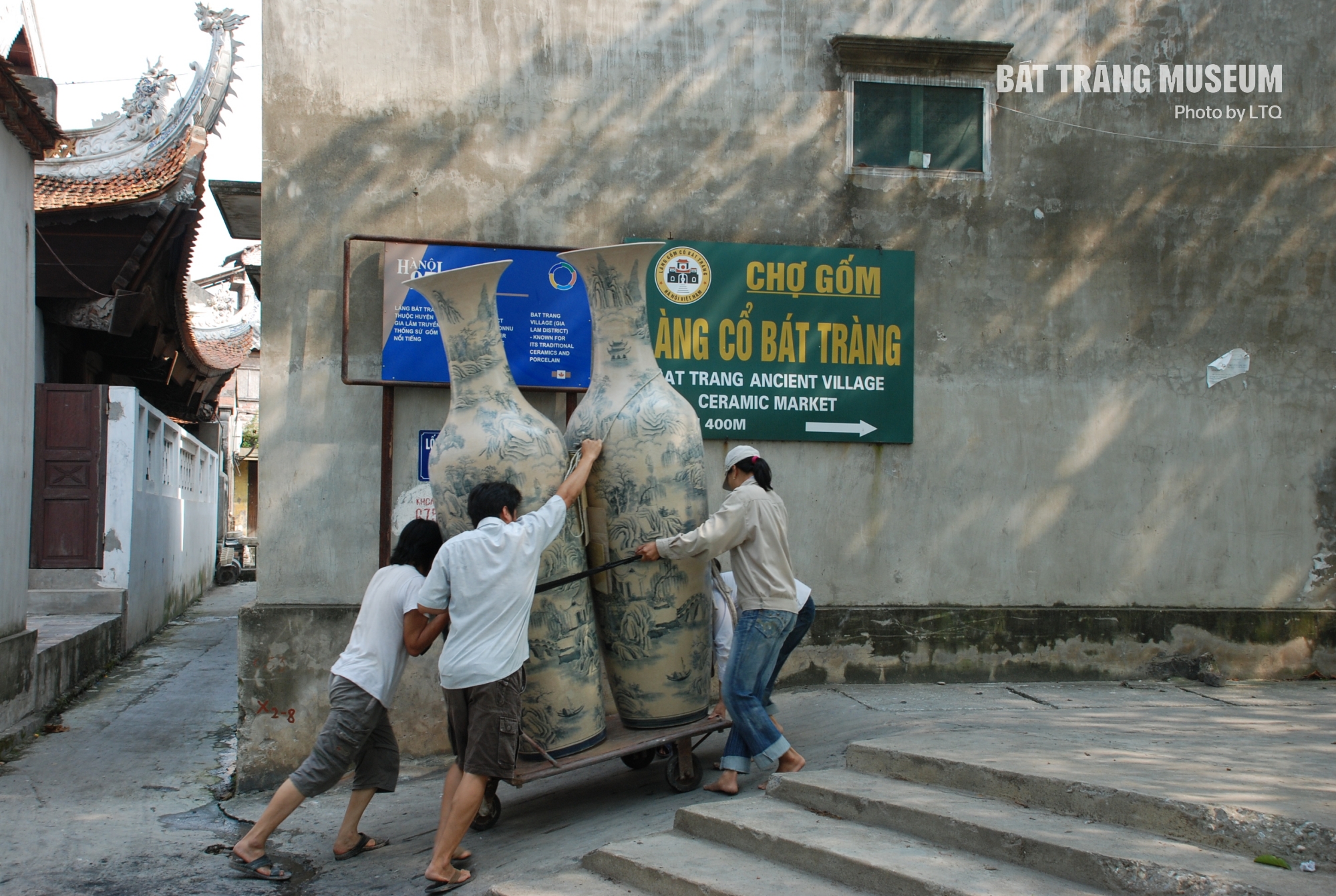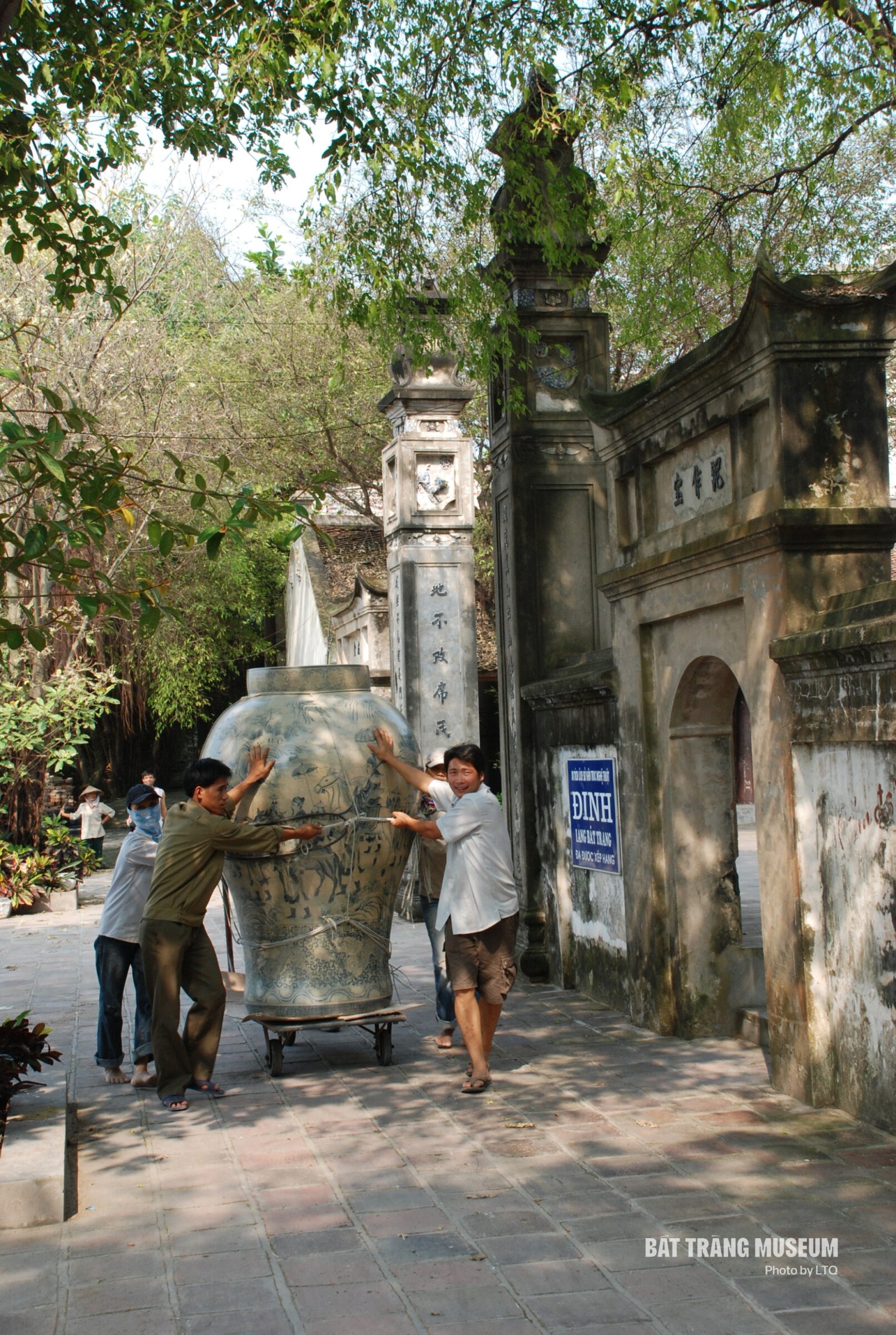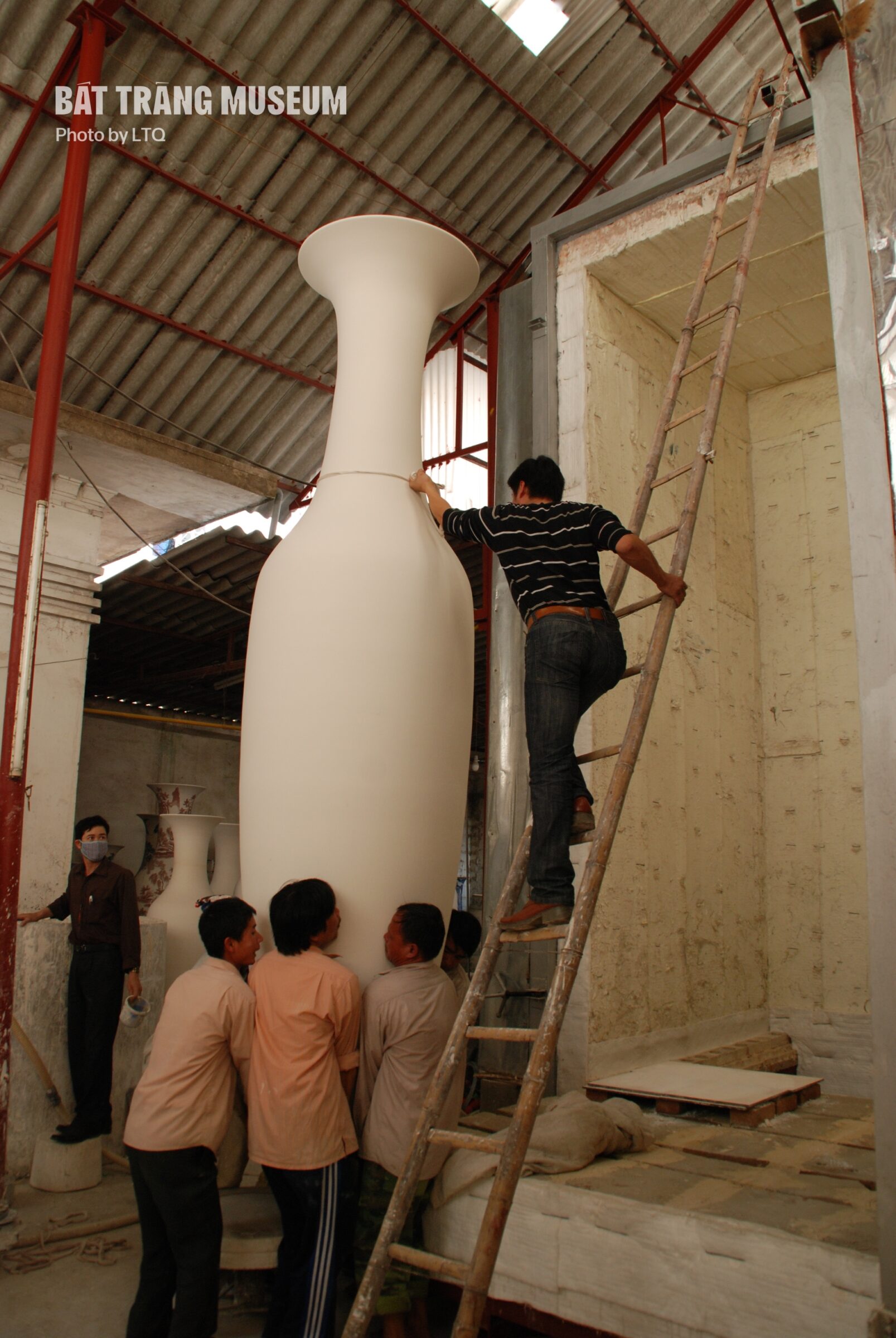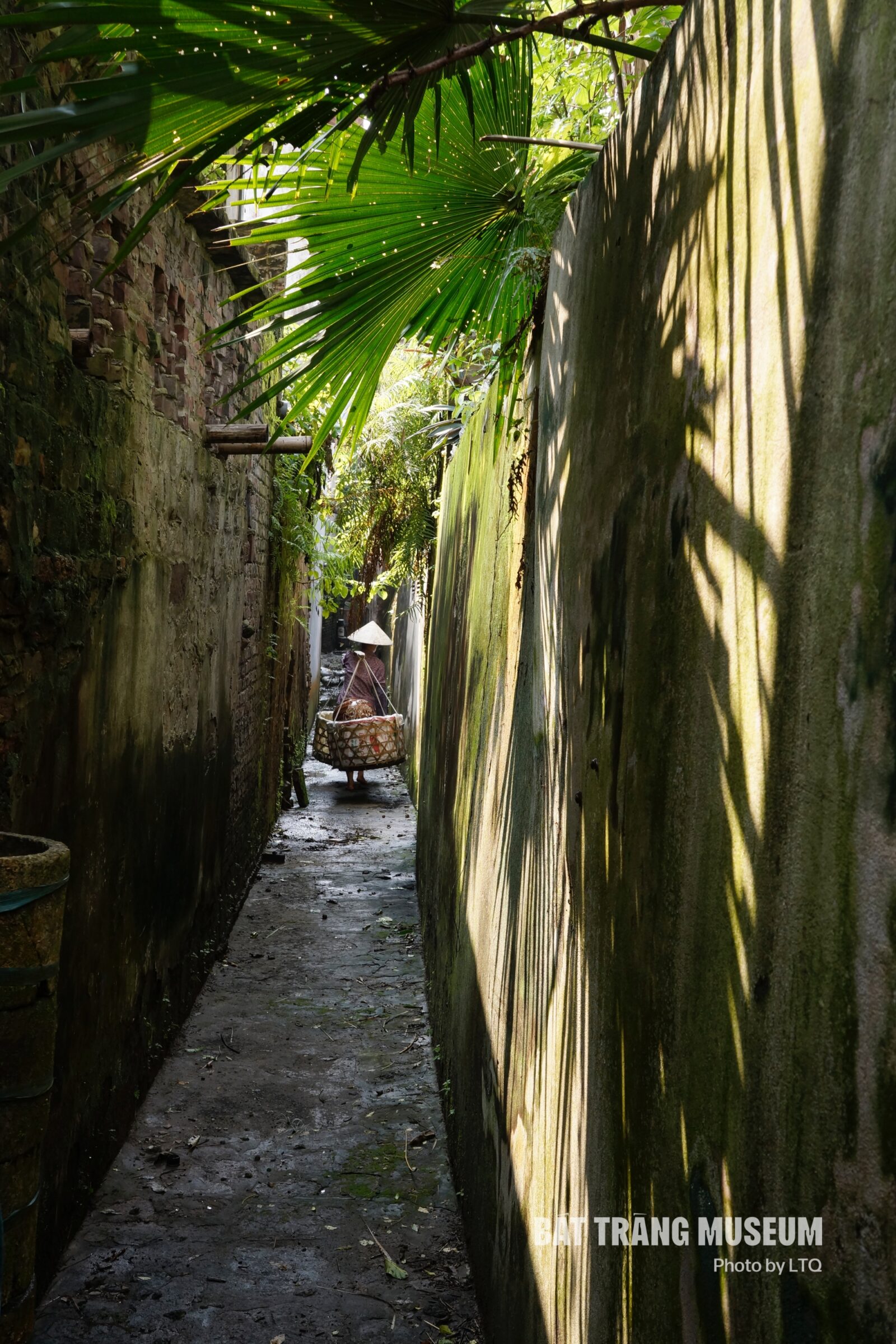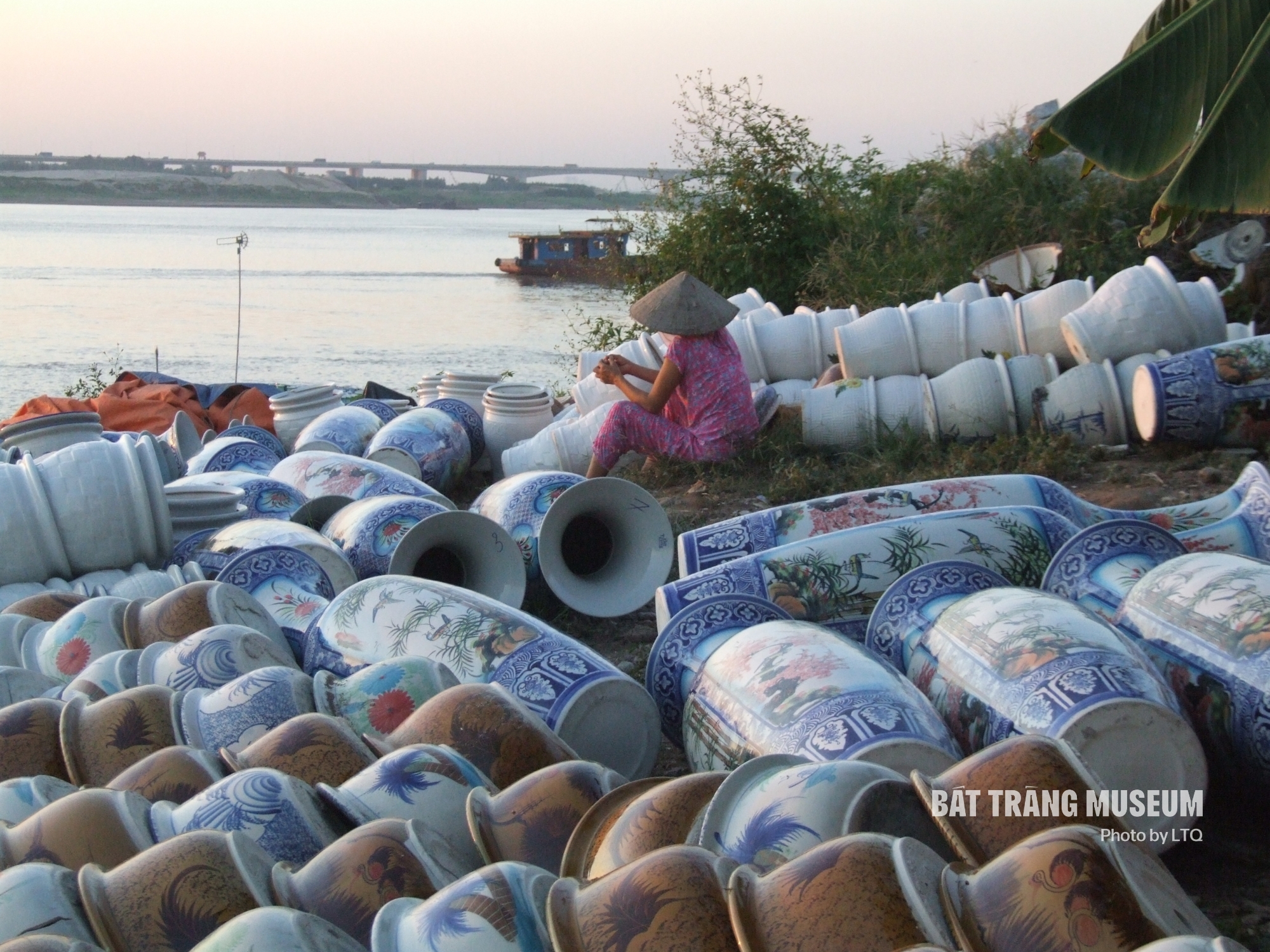Captured by Lâm Trúc Quỳnh (LTQ), a local photographer of Bát Tràng, this photo series of the ceramics village had only been seen by a selective few. However, the fascinating stories it tells is now publicly available at one’s finger tips, as it is currently being featured on Bat Trang Museum’s page at Google Arts & Culture.
*

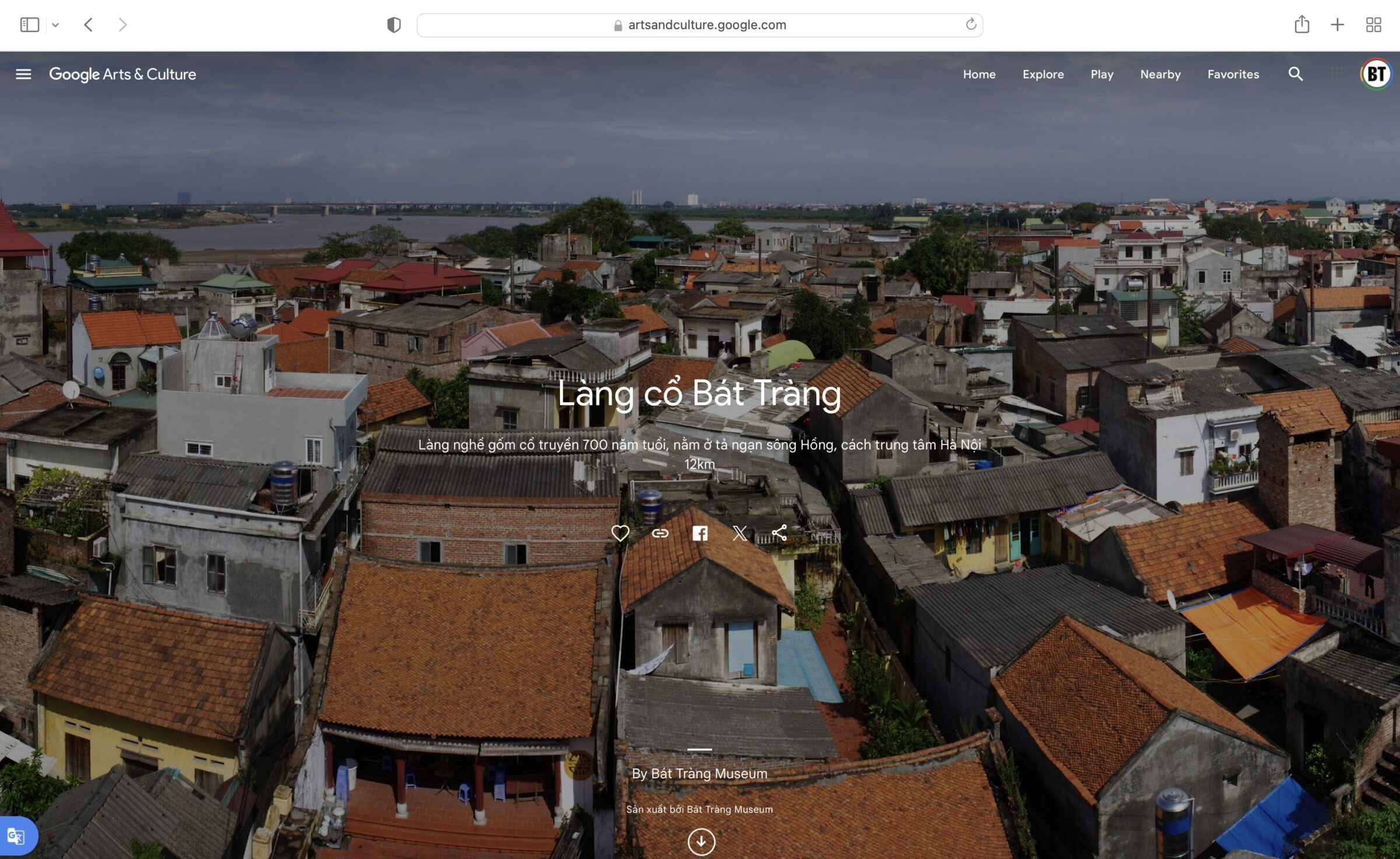
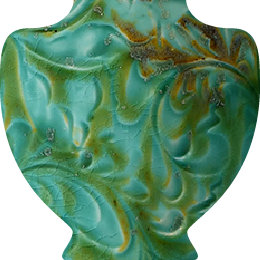
These photos were taken about 20-30 years ago in Bat Trang ancient village, Gia Lam district, Hanoi.
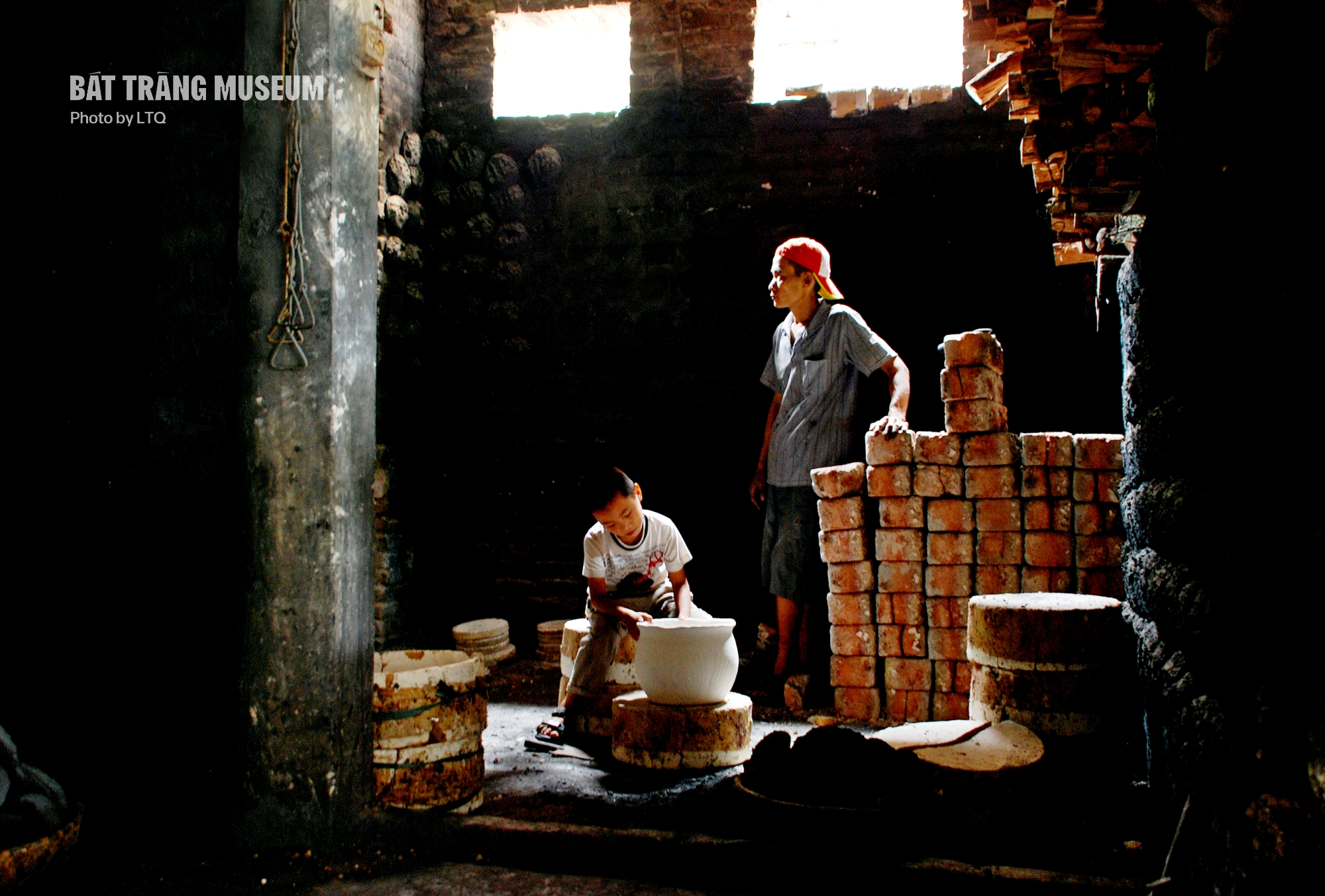
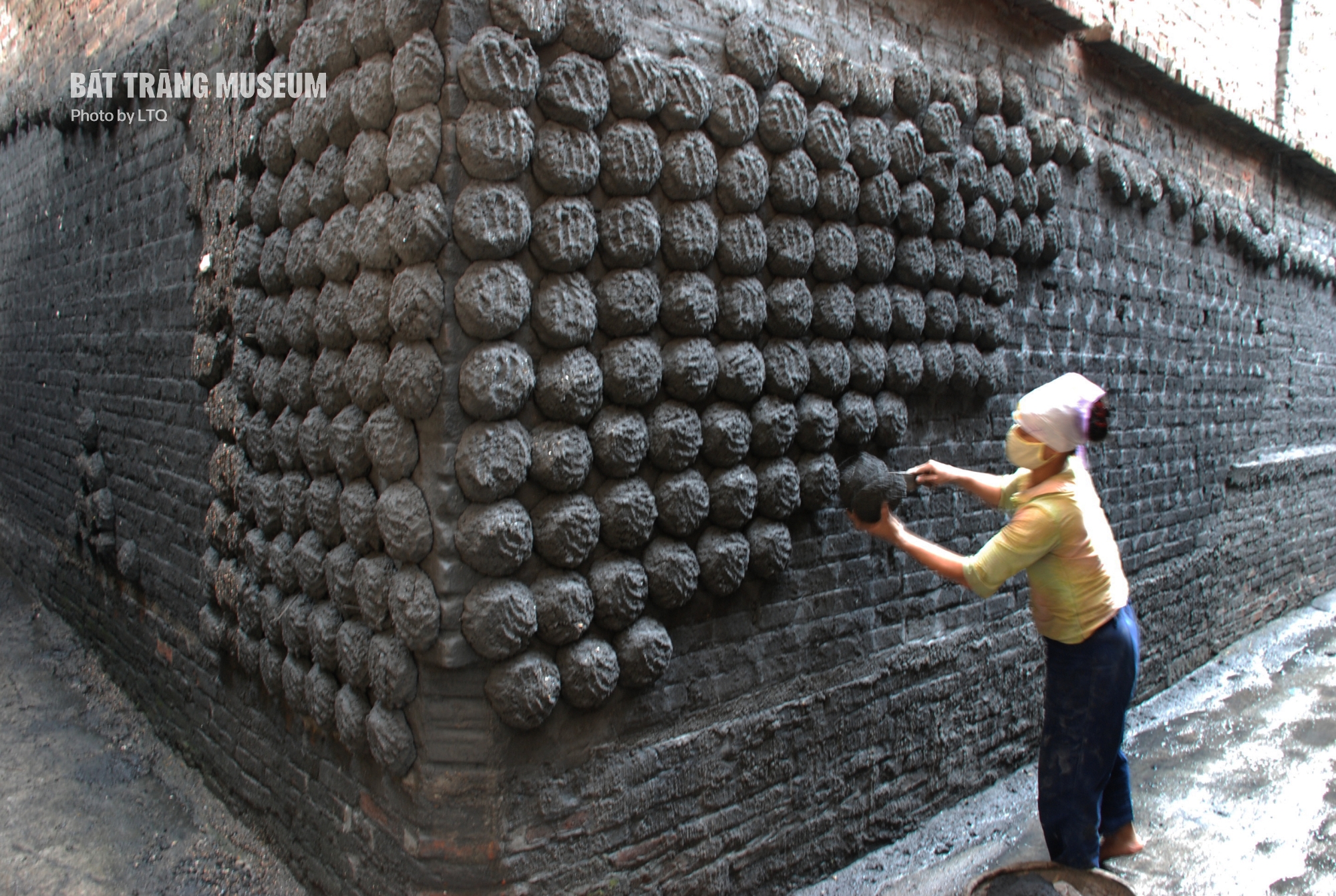
Bat Trang ancient village is famed for its intimate relations with the growth of Thang Long – Hanoi and its incredible importance to the rich culture and long history of the nation’s ceramic arts. Unlike most traditional craft villages of Northern Vietnam, Bat Trang does not specialise in agricultural production. Instead, since time before memorial, the residents of Bat Trang have solely devoted themselves to the one craft of ceramics making.
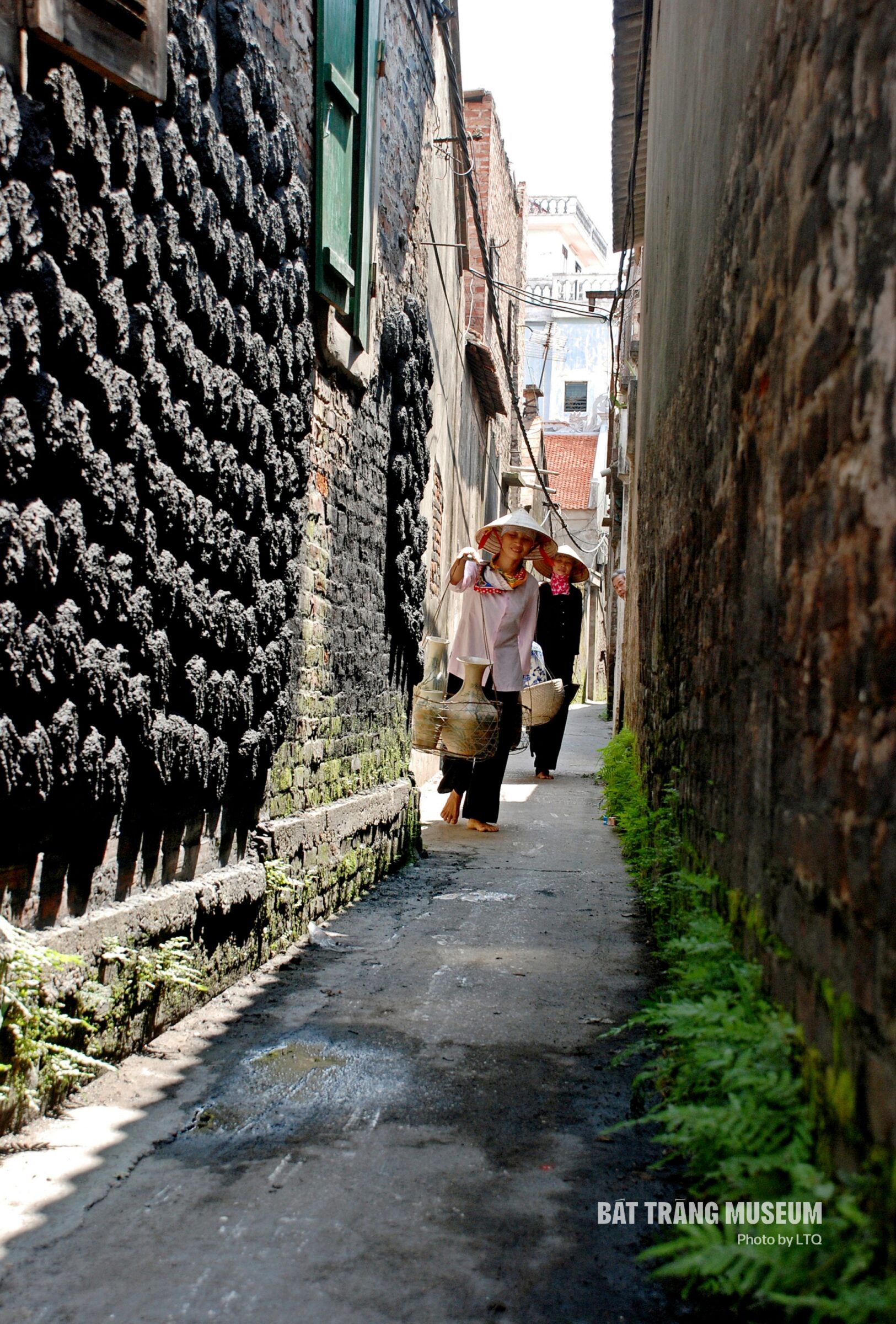
Through highs and lows, Bat Trang’s ceramic art never fails to make traditions thrive. When it comes to the making of ceramics itself, the people of Bat Trang have this to say: Bones formed by clay, skin by glaze, tempered by the know-how of the kiln’s blaze.

